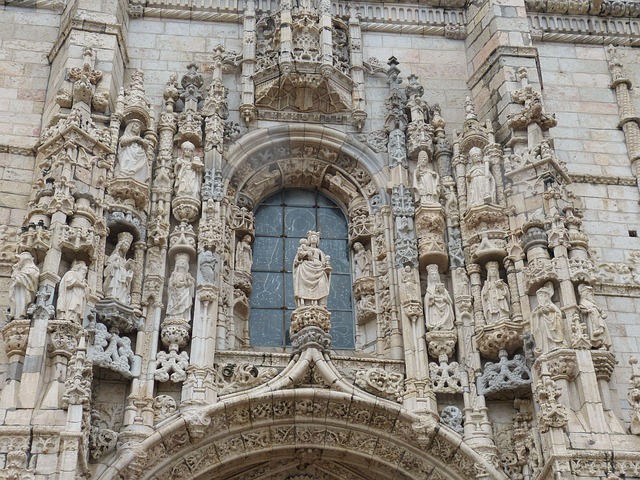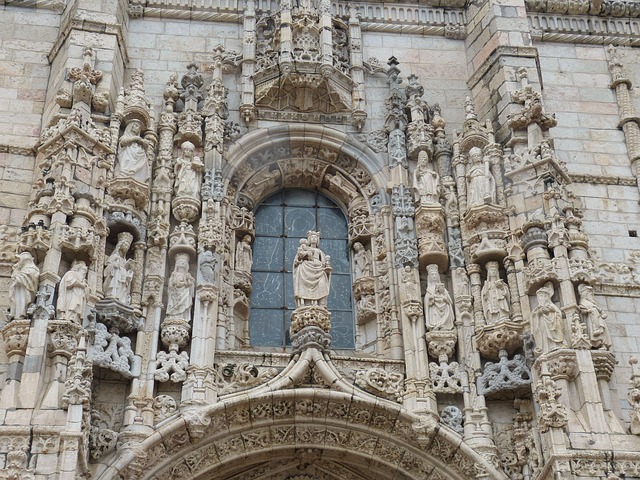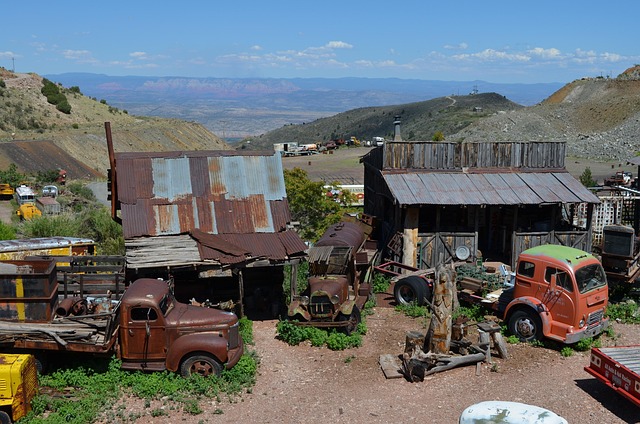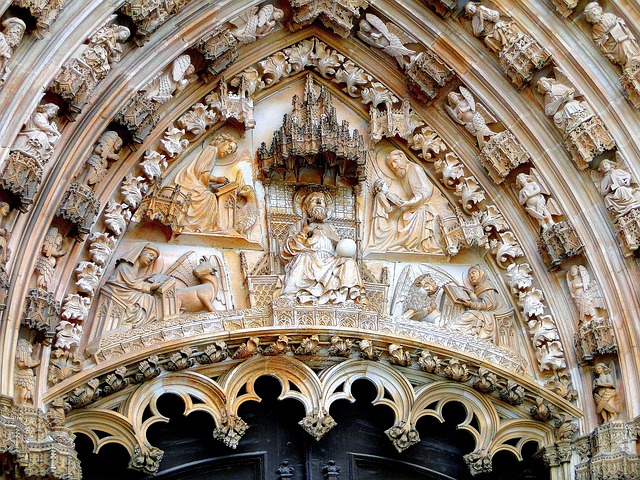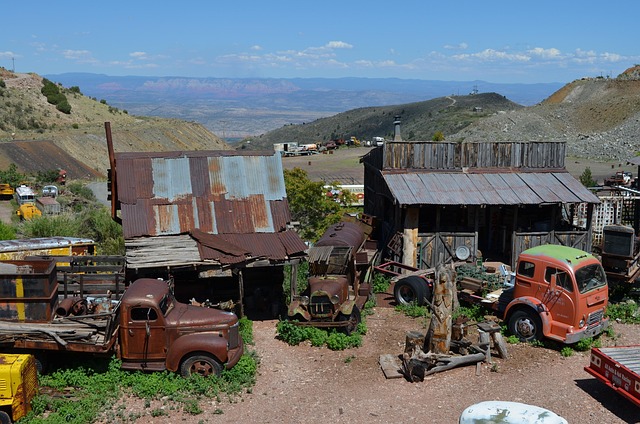The real estate sector plays a pivotal role in shaping creative tourism destinations by offering unique accommodations like boutique hotels and artist studios. Vibrant, inspiring spaces attract artists and creatives, with well-planned projects integrating creative elements into design enhancing destinations' appeal. Developers embrace innovative concepts and sustainable practices to create economically viable and culturally enriching locations, solidifying their position in the competitive tourism market. In a tourism-driven economy fueled by creativity, real estate has evolved to be a catalyst for artistic innovation, transforming derelict buildings into art hubs and historic structures into artist residencies. However, investments must balance growth with preserving creative spaces to sustain diverse neighborhoods and organic creative growth, ensuring the longevity of a vibrant arts scene catering to both locals and international visitors.
In today’s competitive global market, tourism-driven economies are increasingly seeking unique selling points to attract visitors. One thriving strategy involves cultivating a vibrant real estate landscape infused with creativity and artistic flair. This article delves into the multifaceted role of real estate in shaping dynamic creative tourism destinations, exploring its connection to artistic communities, successful case studies, and sustainable growth strategies. Discover how innovative property developments power local economies while preserving cultural integrity.
The Role of Real Estate in Shaping Creative Tourism Destinations
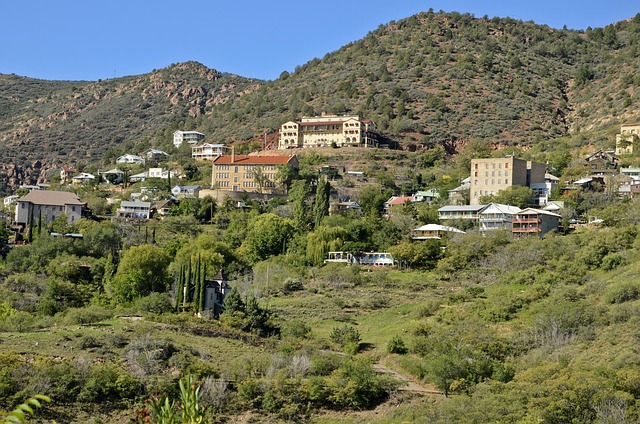
The real estate sector plays a pivotal role in shaping creative tourism destinations. The availability and uniqueness of accommodations, from boutique hotels to artist studios, greatly influence the appeal of a location for creative travelers. Destinations that offer vibrant, inspiring spaces cater to artists, writers, and other creatives seeking fresh perspectives and unique experiences. These spaces can range from historic buildings with character to modern facilities designed to stimulate creativity, each adding to the destination’s allure.
Furthermore, real estate development strategies in tourist hotspots must strike a delicate balance between preserving the local character and catering to growing demand. Well-planned projects that integrate creative elements into architectural design not only enhance the aesthetic appeal but also contribute to the overall experience of visitors. By embracing innovative concepts and sustainable practices, real estate developers can create destinations that are both economically viable and culturally enriching, solidifying their position in the competitive tourism market.
– Exploring the connection between property and creativity
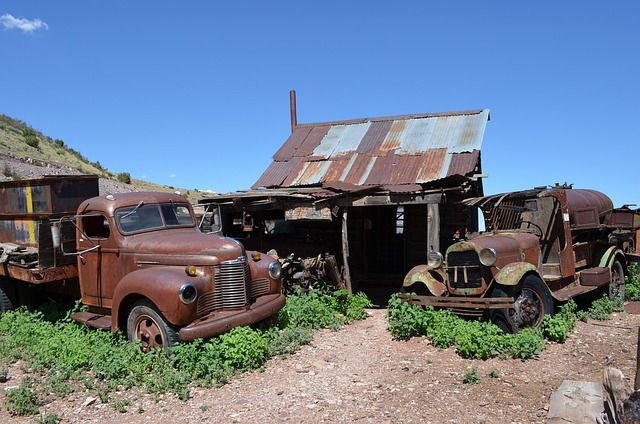
In the context of a tourism-driven economy with a creative vibe, the intersection of real estate and creativity is a dynamic force shaping urban landscapes. Properties, beyond being physical spaces, have become catalysts for fostering innovation and artistic expression. As cities embrace their creative potential, real estate developments are no longer merely functional; they are designed to inspire and cultivate a sense of community among artists, entrepreneurs, and cultural enthusiasts. From lofts and studio apartments that cater to visual arts and design professionals, to co-working spaces that encourage collaboration, the built environment plays a pivotal role in nurturing a creative ecosystem.
The connection between real estate and creativity is evident in the transformation of derelict buildings into art hubs, the emergence of artist residencies within historic structures, and the proliferation of creative commons spaces. These conversions not only breathe new life into underutilized properties but also contribute to the vibrancy and cultural richness of destinations. As tourism becomes increasingly centered around unique experiences and authentic local stories, real estate with a creative bent is becoming a strategic asset, drawing visitors who seek inspiration and immersive cultural encounters.
– How real estate development influences artistic communities

Real estate development plays a pivotal role in shaping artistic communities, often with far-reaching consequences for a tourism-driven economy. As urban areas experience gentrification, artists are either displaced or forced to find new creative spaces, which can lead to the homogenization of once diverse neighborhoods. This trend is particularly evident in popular tourist destinations where real estate investors seek to capitalize on the vibrant artistic scenes that attract visitors from around the globe.
The influx of investment brings both opportunities and challenges. While new developments may provide modern studios and galleries, they also risk pushing out independent artists who cannot afford the rising costs. This dynamic can disrupt the organic growth of artistic communities, affecting the very essence of what draws tourists to these areas in the first place. Consequently, striking a balance between real estate growth and preserving creative spaces is essential for sustaining a thriving arts scene that benefits both locals and visitors alike within a tourism-driven economy.

